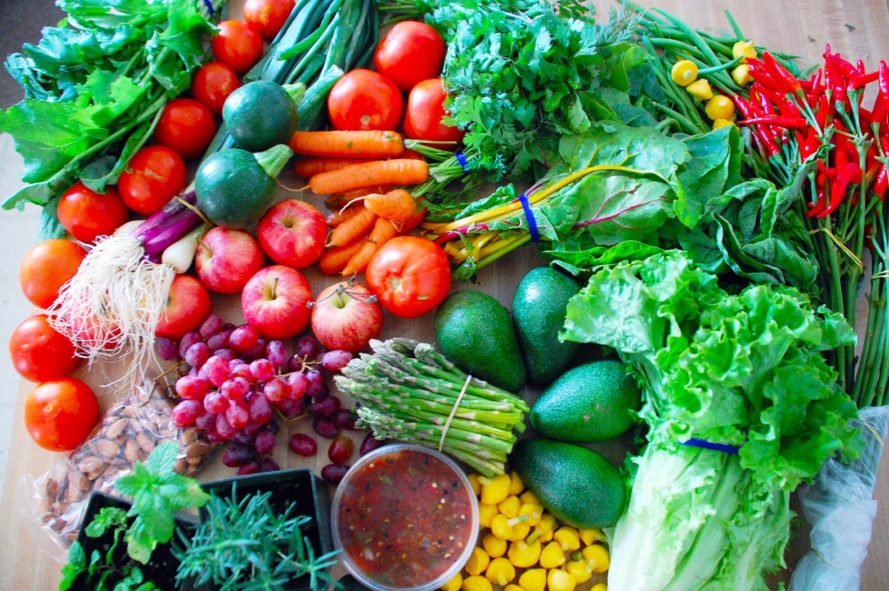A century back, food-borne infections, for example, typhoid fever and cholera were normal. Despite the fact that improvements in food revision have vanquished these ailments, numerous food-borne illnesses are as yet causing problems today.
As indicated by the Centers for Disease Control and Prevention, around 76 million instances of food-borne ailment happen every year in the U.S. The most usually perceived food-borne maladies are those caused by salmonella and campylobacter. Together, these microorganisms cause 80 percent of the sicknesses and 75 percent of the passings related with meat and poultry items. Seafood is the main source of food-borne disease.
“With properly treated seafood and poultry, and a little food safety know-how, consumers can greatly decrease their chances of dangerous food contamination,” said Aaron Ormond, a microbiologist and director of research at Global Food Technologies, an organization that produces innovations instrumental to food security.
Ormond offers the following tips to keep your family safe from conceivably lethal food-borne sicknesses:
Check colour, scent and skin
When buying chicken, its shading ought to be pink, not dim or yellow. Fish meat ought to be gleaming and firm, not isolated from the bone and have a crisp, gentle smell.
Inspect the product package
Buy meat and seafood that has gotten a pathogen treatment that doesn’t change the food’s shading, texture, taste or appearance, for example, those offered by Global Food Technologies. Make sure to maintain a strategic distance from items that have outlasted their expiry dates or have imprints or tears in their bundling.
Avoid cross-pollution
Utilize cutting sheets – one for crude meats and another for leafy foods – to lessen the probability of cross-pollution. Likewise, wash your hands completely with antibacterial cleanser when handling crude meat and seafood.
Store at the correct temperature
New seafood and poultry ought to be put away at 40 degrees or beneath to guarantee freshness. When cooking poultry, veggies ought to be cooked at 170 degrees, entire chicken or turkey at 180 degrees and ground poultry at 165 degrees.

